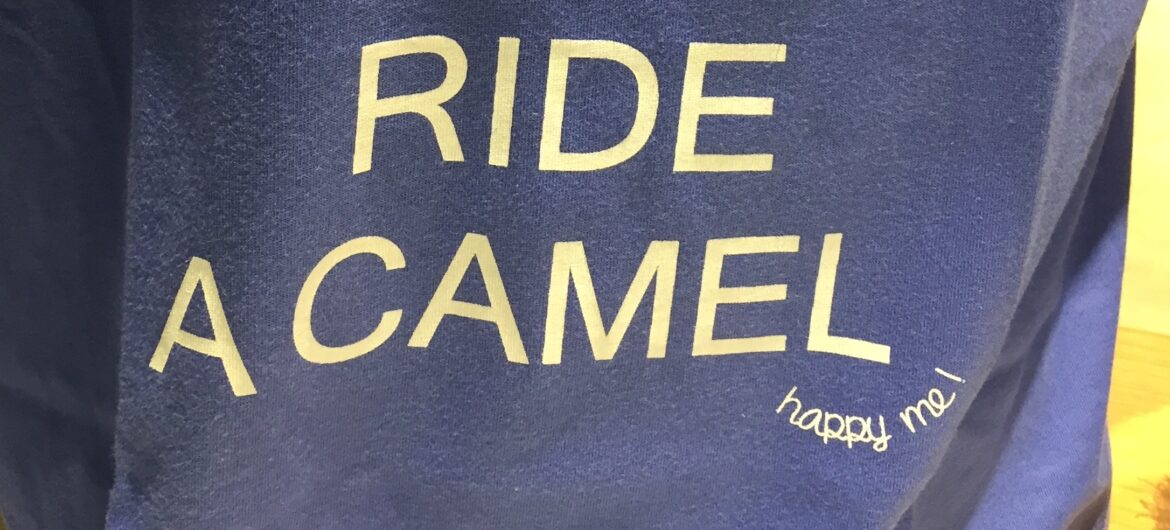This project studied learning curves in multi-component systems, with a special focus on the situation where humans and machines interact via an adaptive interface. In this situation a system is formed by multiple adaptive components that need to learn how to optimise the system’s overall behaviour: each component learns to behave so as to achieve the system’s optimum. A special application is human-machine interaction, where both the users and the interfaces are trying to maximise information flow, by adapting to each other. This includes issues of co-learning, co-operation; concept tracking; exploration-exploitation. The presence of delayed, partial, noisy rewards is a necessary part of this scenario. The case of N=2 components was emphasised, to identify the various modalities of learning, before any attempt was made to model the N>2 case. We modelled various settings, including active, reinforcement, online and learning from independent and identically distributed data, in various conditions. The theoretical results were compared with experimental learning curves, obtained both for machine learning algorithms, and for humans engaged in various tasks (e.g., extensive data from Microsoft Research about users learning in various games on the Xbox; and web logs of users interacting with interfaces; also learning curves from neuroscience literature). Finally, we transferred our models to the task of designing cognitive interfaces, to deal with one or more users, in an adaptive way, including the scenario of interaction within online social tagging communities, and various other web based co-operation and co-learning settings.


